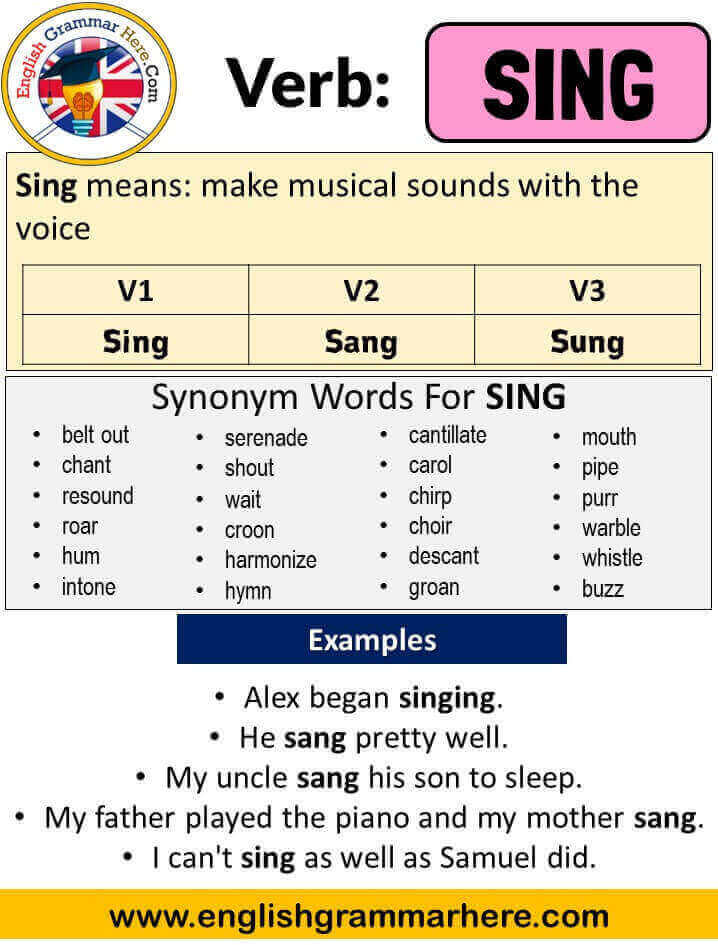

To make the negative form, simply put the word "no" before the verb, or, in other words, to the left of the verb. Where were you - Kelvin did not show up in the singing contest last. When we ask a question, generally, we switch the position of the verb to that of the personal pronoun. Subject + did not / didnt + verb (in base form). Yo viví en Stuttgart durante dos años I lived in Stuttgar for two yearsĮstando en Nueva York, me compré un coche Being in New York, I bought a carĮl viernes de la semana pasada comí con Loli On Friday last week I ate with LoliĬuando vivía en Stuttgart, salía a caminar cada mañana When I lived in Stuttgart, I went for a walk every morningĮstando en Nueva York, paseaba en mi coche todas las tardes While in New York, I took a drive in my care every afternoonĪntes me iba cada viernes a comer con Luis Before, I went out to eat with Luis every Friday The question with the simple past On the other hand, the simple past is for specific actions that did NOT happen regularly in the past. They are: - Verbs with the i-a-u pattern. The imperfect consists of actions that were habitual, done every Saturday, every month, every two days were. The irregular verbs in the table below have the same pattern as run. The only difference is that with regular verbs the past simple and past participle are always the same (worked, worked), while with irregular verbs the past. Instead, the past tense form of sing is sang, and the past participle is sung. He ordered a coffee and ate a cakeĭifferences between the simple past and the imperfect The word sing is an irregular verb, which means you can't conjugate it into its past tense form by adding -ed to the end. Pidió un café y se comió un bizcocho Later, he left home and went to the cafeteria across the street. Más tarde salió de casa y se dirigió a la cafeteria de enfrente. Él escribió una carta, la metió en un sobre, y la envió por correo He wrote a letter, put it in an envelope and mailed it


It is widely used in stories and biographical works, where sequences of events in the past. It is used for actions that did NOT take place regularly at a particular time in the past.Remember: the second and the third conjugation have the same conjugation for the simple past. Vivir (to live) First conjugation + "-ir" Next, we study the conjugation of the "er" verbs:īeber (to drink) First conjugation + "-er" Saltar (to jump) First conjugation + "-ar" Some verbs use a -t variation where they end in a -t. The simple past tense form is created by adding a -ed or -d affix to the root word of the verb. First Conjugation "-ar"įirst, we will see the conjugation of the "ar" verbs: What is the past tense of the word 'sing' The past tense (past participle) form of sing is sang. In the case of past perfect tense or present perfect tense, the word ‘sung‘ is used. It is used to indicate the past tense in sentences. But in the simple past there is no difference between the second and third conjugation (the endings are the same). The verb Sing is also employed in its V2 form as sang’. As you probably know, Spanish has 3 types of verbs ("-ar", "-er" and "-ir" verbs) with different conjugation.


 0 kommentar(er)
0 kommentar(er)
